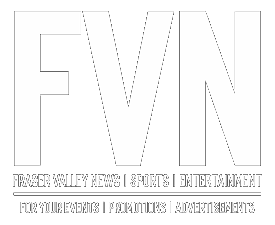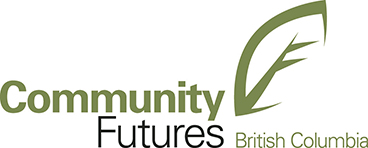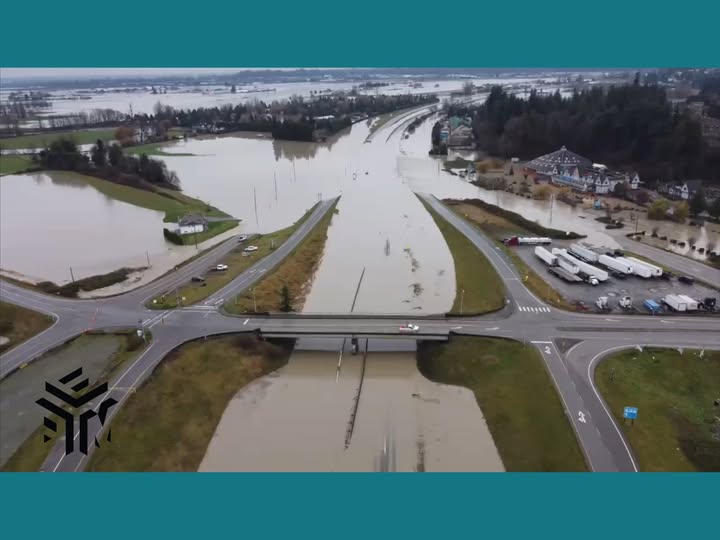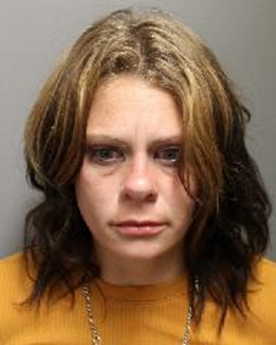Every year beginning on October 1st, B.C.’s highways are posted with signs that require the use of winter tires for light vehicles. The sign shows both the mountain & snowflake symbol and the M+S acronym. While both types of tire meet the requirements, it is very important to understand what M+S really means.
One would expect that the markings M+S or the words Mud and Snow on a tire would mean that it was designed for proper winter traction in all conditions. You might be surprised to find that it only defines a tire whose treads:
- Have multiple pockets or slots in at least one tread edge that extend toward the tread centre at least 1/2 inch from the footprint edge
- Measured perpendicularly to the tread centreline, have a minimum cross-sectional width of 1/16 inch
- Have edges of pockets or slots at angles between 35 and 90 degrees from the direction of travel
- Have a contact surface void area will be a minimum of 25% based on mould dimensions
- It says nothing about the tire’s rubber compound and it’s ability to stick to compact snow and ice.
Tire sipes may provide up to 40% of the traction on packed and icy snow. They are not required in order to meet the M+S designation.
Uniroyal’s website gives the following advice concerning M+S or all season tires:
All Season tires should be replaced by winter tires on all wheel positions during severe winter conditions (when temperatures are consistently below the freezing point and/or there are regular winter precipitations such as snow or freezing rain).
Most B.C. residents would not think of this as being severe at all!
M+S generally means a rubber compound that stays hard and does a poorer job of sticking to highway surfaces at temperatures below 7°C.
Tires with the mountain and snowflake design are rated for their ability to provide traction in winter conditions where the temperature is below 7°C. Think of them as low temperature tires and choose them over all season tire or M&S when you drive in BC’s winter road environment.
Story URL: https://www.drivesmartbc.ca/equipment/what-does-ms-mean
— Tim Schewe Road Safety Advocate DriveSmartBC.ca







